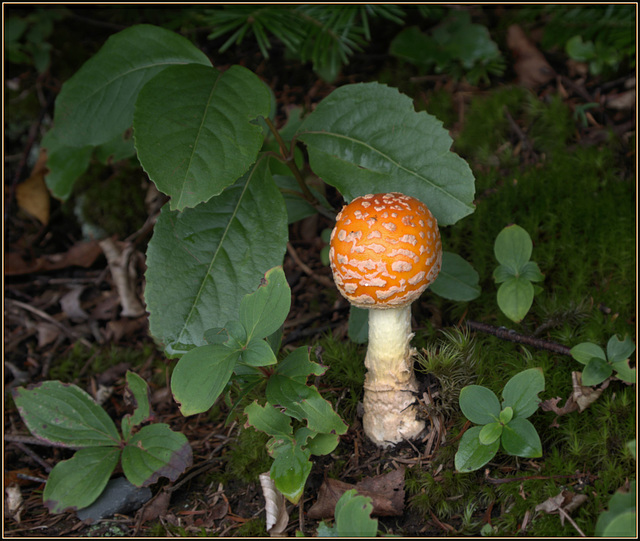Another world upside-down
Puddle
Corner
The flies find them first
Road under road
Hose
Doctoral defence
One of Dad's knives
Baby graves
Can't pass up a shiny surface
Suppertime at the X-Ray lab
L dropt by to chat
Ben's family
Dark weather
Two of my siblings
My five sisters
Out for a spin
A new Dr Mu
Bananas
World Toy Camera Day 2014
World Toy Camera Day 2014
Alan's great beard
Two parts of The Beast
A second in my teapot
Family snap
Coming back down the hill
Family obsession
E and C clapboarding
And, just to prove her point . . .
Bluebells
"Slippery"? TMI?
Wasps in my mast
Jack in the rain
Coprology? Is that the word?
At the cape
Motion Bay
Damaged negatives
Water from my grandfather's spring well
Passing the chips stands
New drain, old water
32 degrees at Cape Bonavista
Quiet afternoon
At a birthday party
Do not ask
The promise broken again
1/25 • f/5.4 • 39.0 mm • ISO 200 •
OLYMPUS IMAGING CORP. E-M1
OLYMPUS M.14-42mm F3.5-5.6
EXIF - See more detailsSee also...
Authorizations, license
-
Visible by: Everyone -
All rights reserved
-
71 visits
Amanita muscaria


Amanita muscaria is probably the most easily seen mushroom around
these parts at this time of year, late summer. They were the very
first mushrooms I learnt how to recognise, and very recogniseable they
are.
Most of our A. muscaria specimens mature into bright yellow caps,
unlike (I think) most of the rest of the world where the mature cap is
a bright red. The young mushrooms are often quite deeply orange, like
this one, and some are even red.
I have never used them as fly bait, but they are also called "fly
agaric" for their ablity to attract and kill house flies. Has anyone
reading this tried it?
these parts at this time of year, late summer. They were the very
first mushrooms I learnt how to recognise, and very recogniseable they
are.
Most of our A. muscaria specimens mature into bright yellow caps,
unlike (I think) most of the rest of the world where the mature cap is
a bright red. The young mushrooms are often quite deeply orange, like
this one, and some are even red.
I have never used them as fly bait, but they are also called "fly
agaric" for their ablity to attract and kill house flies. Has anyone
reading this tried it?
- Keyboard shortcuts:
Jump to top
RSS feed- Latest comments - Subscribe to the comment feeds of this photo
- ipernity © 2007-2025
- Help & Contact
|
Club news
|
About ipernity
|
History |
ipernity Club & Prices |
Guide of good conduct
Donate | Group guidelines | Privacy policy | Terms of use | Statutes | In memoria -
Facebook
Twitter

Sign-in to write a comment.